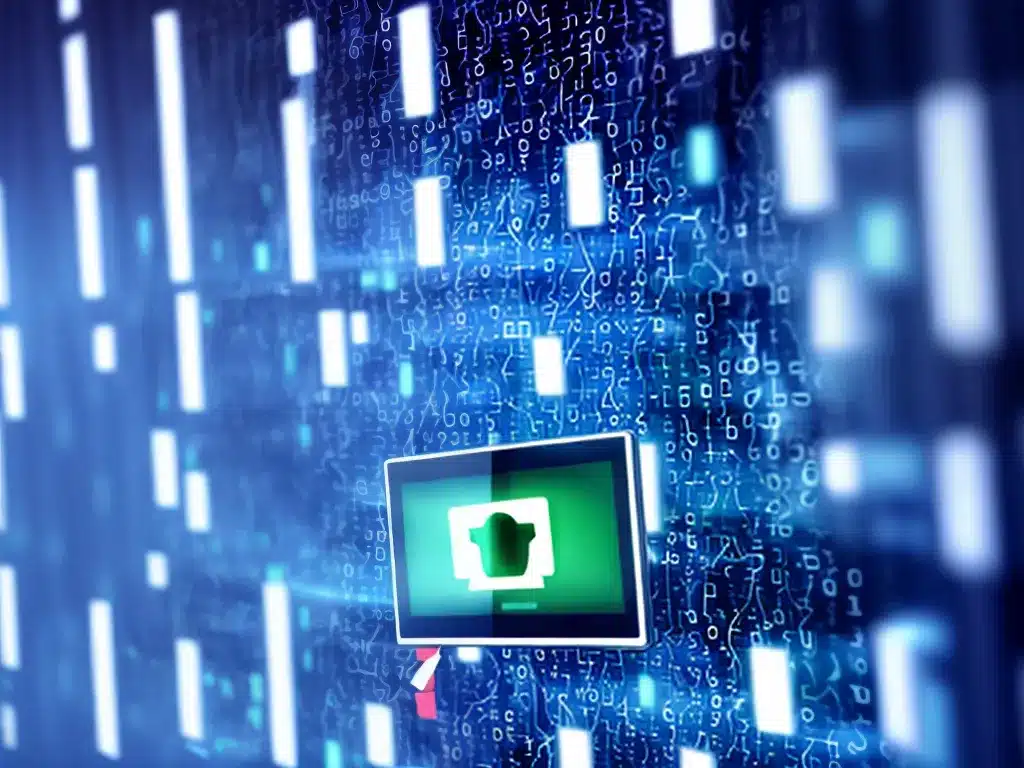Introduction
Insider threats are one of the most overlooked data security risks today. As I dig deeper into this issue, it becomes apparent that organizations often focus heavily on external threats while failing to adequately address internal vulnerabilities. In this article, I aim to bring insider threats to light and provide actionable ways to detect and prevent data breaches originating from within.
Defining Insider Threats
An insider threat refers to a security risk posed by individuals with authorized access to an organization’s data, systems or networks. This includes:
- Malicious insiders – Employees or contractors who intentionally steal data, sabotage systems or commit cybercrimes against the organization.
- Negligent insiders – Employees who accidentally expose data or systems to risk through improper data handling, failing to follow security policies, etc.
- Compromised users – Insiders who have their credentials stolen to gain unauthorized access.
While external threats like hackers and malware grab headlines, insider threats are actually behind a significant portion of data breaches. According to Verizon’s 2020 Data Breach Investigations Report, insider threats were involved in nearly 30% of breaches and accounted for greater data loss than external attacks.
Common Sources of Insider Threats
Insider threats can originate from various sources within an organization:
Disgruntled Employees
Employees who are dissatisfied with their jobs or harbor ill intent toward the company pose one of the greatest insider threats. Warning signs may include signs of frustration, conflicts with leadership or refusal to accept new responsibilities. Human resources should be alerted to identify and resolve employee dissatisfaction before it manifests into destructive behavior.
Accidental Data Exposure
Well-meaning employees can also be a source of insider threats if they fail to follow security protocols around sensitive data. For instance, an accountant emailing financial records to his personal account for convenience. Security awareness training is critical to ingrain proper data handling into employee habits.
Privileged Users
System administrators, network engineers and other privileged users pose a high risk since they have elevated access that could enable extensive data breaches. Privileged access should be monitored, limited and controlled through technologies like PAM.
Third-Party Vendors
Contractors and other third-party vendors with network or system access also fall into the insider threat category. Their credentials could be misused by external parties. Organizations must vet vendors thoroughly and limit their access.
Compromised Credentials
Whether due to phishing, poor password hygiene or third-party breaches, compromised user credentials enable unauthorized access from within the organization’s network – often without triggering perimeter defenses.
Real-World Examples of Insider Threats
To understand the gravity of insider threats, it helps to examine real-world cases:
-
A rogue Tesla employee planted malware and stole sensitive data, accessing systems from within the company network to avoid detection. This went on for months before being uncovered.
-
An Uber engineer leveraged his privileged access to located and download proprietary code from Uber’s GitHub repository – eventually leading to his termination and lawsuit against Uber.
-
Edward Snowden used his privileged access as an NSA contractor to obtain and leak highly classified intelligence documents in 2013.
These examples demonstrate how insider access can be exploited for extensive data breaches, IP theft and reputational damage.
Assessing Your Organization’s Vulnerability
When assessing your vulnerability to insider threats, look at factors like:
-
Access controls – Do you have proper role-based access and segregation of duties?
-
Activity monitoring – Does your organization monitor user activity for anomalous behavior?
-
BYOD policies – Are employee personal devices allowed on your network?
-
Cloud app usage – Are employees enabled to access data in unsanctioned cloud apps?
-
Employee screening – Is screening conducted to identify high-risk employees during onboarding?
-
Offboarding procedures – Are access and credentials revoked immediately upon termination?
-
Security culture – Do employees take security seriously or bypass policies for convenience?
Gauging these factors will reveal areas requiring attention to better prevent insider threats.
Mitigating Insider Threats
Bolstering your defenses requires a multi-pronged strategy:
Limit Access
-
Enforce least privilege – Only grant access strictly needed for the job.
-
Segment access – Isolate and restrict access to sensitive systems and data.
-
Control privileged users – Monitor, limit and closely regulate their access.
-
Review access regularly – Revoke unnecessary access promptly.
Monitor Activity
-
Implement UEBA solutions – User and entity behavior analytics spots anomalous activity.
-
Capture detailed audit trails – Record user actions on systems and networks.
-
Analyze usage patterns – Profile normal behavior to detect outliers.
-
Filter outbound data transfers – Block unauthorized uploads to personal accounts.
Strengthen Authentication
-
Enforce MFA – Adds another credential factor beyond usernames and passwords.
-
Upgrade passwords – Require complex passwords changed frequently.
-
Block compromised credentials – Prevent login with credentials breached outside your organization.
Promote Security Culture
-
Train employees frequently – Instill secure habits through continuous education.
-
Increase security awareness – Use events, posters and internal communications to maintain top of mind.
-
Impose consequences – Enforce policies through reprimanding and termination when necessary.
The Human Firewall
Ultimately, your employees are your last line of defense. Equipping them with knowledge, tools and motivation to uphold security fosters a human firewall limiting insider threats. With the right culture and technology safeguards in place, you can empower employees to be an asset rather than a liability.
While insider threats may never be fully eliminated, taking proactive steps goes a long way in protecting critical assets and preserving trust in your organization. I hope these insights provide a launching point to enhance your insider threat program. Feel free to reach out if you need any assistance boosting defenses – I’m always happy to help organizations reinforce information security from the inside out.













